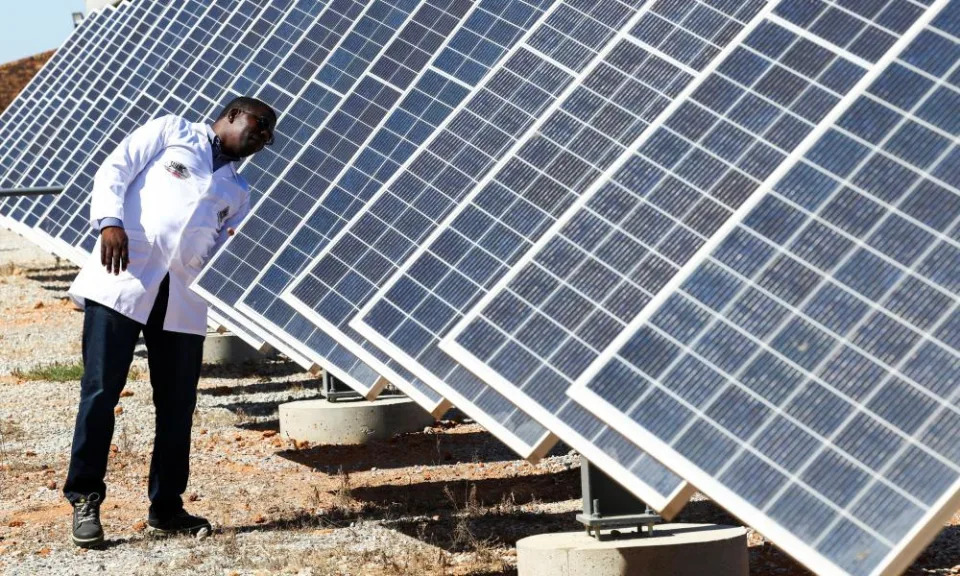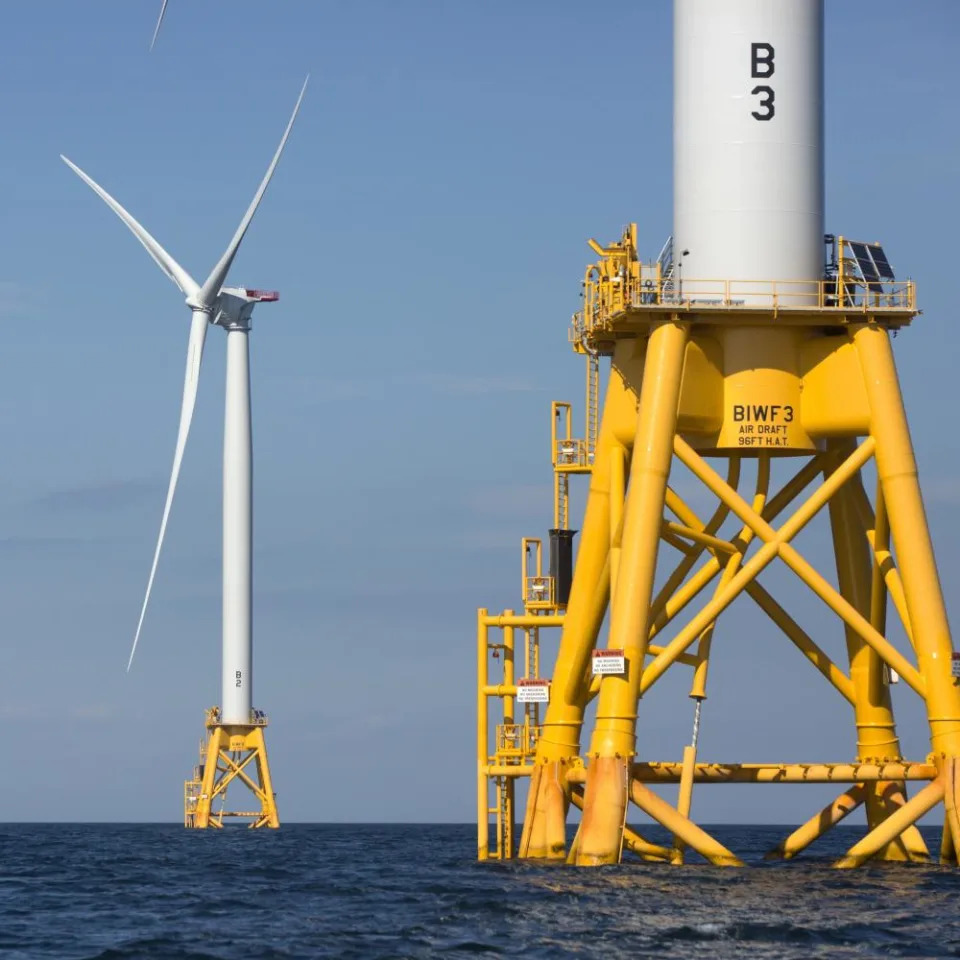Lottie Limb
Tue, 7 March 2023

The gas industry has known that its stoves could be harmful to human health for more than 50 years, rediscovered documents reveal.
Back in 1972, the American Gas Association (AGA) wrote a draft report citing concerns over indoor air pollution caused by gas cookers. But this section completely vanished from the final report, which was designed to inform the US government’s anti-pollution efforts.
The evidence against gas stoves has been stacking up in recent months and years. In January, a report from the European Public Health Alliance (EPHA) and other organisations found that - without ventilation - the home appliance regularly exceeds safe air pollution limits.
The nitrogen dioxide (NO2), carbon monoxide and ultrafine particles that stoves produce have been linked to a range of health problems - including asthma in children.
The gas industry’s tactics
But the US trade group wasn’t operating totally in the dark about this, the draft and other documents show. Exposing the findings in DeSmog, research fellow at the Climate Investigations Center Rebecca John writes, “[AGA] knew much more, at a far earlier date, than has been previously documented.”
There’s a through line from AGA and the wider gas industry’s efforts to conceal (or self-sponsor) research, to its continued lobbying of MEPs.
The US releases by far the biggest bulk of CO2 emissions from fossil gas - emitting 1.6 billion tonnes of the greenhouse gas in 2021, followed by Russia, and the EU at 783.75 million tonnes.
Scotland becomes the first country to ban the high-emissions anaesthetic desflurane
US got a record-breaking 40% of its energy from carbon-free sources in 2022, report reveals
What do the AGA documents show?

Missouri residents use their gas stove to keep warm during a power cut in 2007. - Dan Gill/AP2007
Gas industry distancing itself from other fossil fuels
The gas industry has always been at pains to paint itself as being cleaner than coal and oil.
To avoid being tarred by the same brush as these other fossil fuels, the draft and final report from the National Industrial Pollution Control Council (NIPCC) - an old advisory council peopled by powerful industrialists - made much of a quote from William Ruckelshaus, a former head of the Environmental Protection Agency (EPA).
“Unhappily, no perfect accommodation is possible between the energy and environment,” he said. “Nuclear reactors give off radiation, coal produces sulfur dioxide [...] transport of oil causes spillage into fragile marine systems [...] and natural gas is in short supply.”
As John points out, this extremely non-exhaustive list of fossil fuels’ ills was leapt on by a gas lobby keen to portray its resource as having a supply problem, rather than a pollution one.
In the final report, NIPCC argued for a massive expansion of US domestic gas reserves and a rapid rollout of gas-based infrastructure, in order to wean the nation off coal and onto gas.
“In residential uses, gas for space heating, water heating, and cooking is vital to the comfort and health of these consumers,” the report stated, referring to the 150 million people then served by America’s national network of pipes.
Exploring tech fixes and conducting ‘test home’ research
But behind the scenes, AGA was looking into the air pollution stemming from gas stoves, and exploring technical fixes.
In the January 1972 draft, a subsection on ‘Indoor Air Quality Control’ notes that the need to control the indoor home environment is “of continuing interest” to gas industry research.
“The unique and critical health requirements of millions of individuals has dictated the need for a [sic] cleaner air within [industrial] plants and dwellings,” it goes on.
Projects are now underway to conceive [...] devices [...] for the purposes of limiting the levels of carbon monoxide and nitrogen oxides in household air.
“In recognition of this need to develop techniques for the maintenance of pollution-free indoor environment for the individual, projects are now underway to conceive, design, construct, and evaluate prototype devices to be used in conjunction with conventional residential heating and cooling systems for the purposes of limiting the levels of carbon monoxide and nitrogen oxides in household air.”
An “absorptive-reaction” device was being developed, the paper states. And industry staff had for a few years been collecting “environmental control data” from “test homes” in Ohio to compare levels of indoor and outdoor pollution.
Though specially constructed research houses were used routinely by the gas industry in the 1980s, the DeSmog investigation says it’s not clear what data was collected in these earlier homes, and what it showed.
Carbon monoxide and nitrogen oxides in household air; absorptive devices; test homes: all were cut by the NIPCC’s Utilities Sub-Council after it received the paper from AGA.
Two other newly unearthed documents from 1981 - an AGA paper entitled ‘Putting Gas Range Emissions in Perspective’ and another from the industry-sponsored Gas Research Institute (GRI) - show Big Gas grappling with its “NOx problem.”
Gas stoves found to be constantly leaking methane into our homes, says US study
AGA still questions health impacts of stoves

A woman in Pennsylvania uses an electric stove to prepare dinner in 1954. - Anonymous/1954 AP
When contacted for comment by DeSmog, the outlet says AGA did not dispute the gas industry’s history and motivations for studying the indoor air pollution potential of gas appliances in the early 1970s.
In a statement, AGA CEO Karen Harbert said, “AGA supported a 1982 review of the available research that found no causative link between gas stoves and asthma, a conclusion shared by regulatory agencies.”
Harbert reportedly reiterated AGA statements questioning the conclusions of recent studies related to the health impacts of gas stoves.
The EPHA report with energy efficiency NGO CLASP and the Netherlands Organisation for Applied Scientific Research (TNO), followed a December 2021 study by US-based environmental think tank RMI and others which made a bigger splash across the Atlantic.
It estimated that “nearly 13 percent of childhood asthma cases in the United States can be linked to having a gas stove in the home.”
UN to hunt sources of climate warming methane from space using satellites
How you can minimise indoor air pollution from gas stoves
Some 100 million people in the EU use gas cookers, including more than half of all homes in Italy, the Netherlands, Romania and Hungary.
There are ways of minimising the indoor air pollution that cooking on gas causes. Most cookers come with range hoods, but if yours doesn’t actually extract air from the kitchen then it’s worth using a nearby extractor fan - in the bathroom, for example - or opening the window.
Though people are understandably reluctant to do so given the high host of keeping homes warm at the moment, this is the surest way of ventilating.
Researchers have also suggested that cooking on the back burners gives your range hood a better chance of capturing pollutants.
Ultimately, replacing a gas cooker with an electric one is the best way to actually tackle the indoor and outdoor pollution from methane-burning stoves - especially as they’ve been found to leak even when off.

















